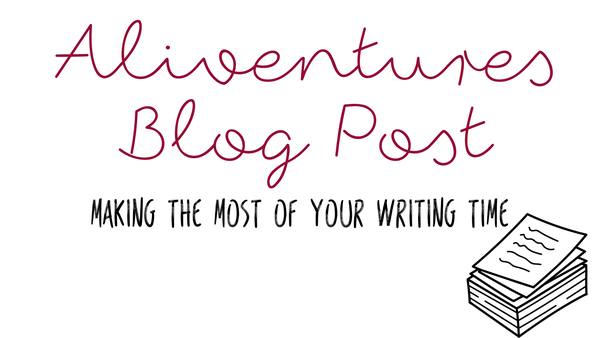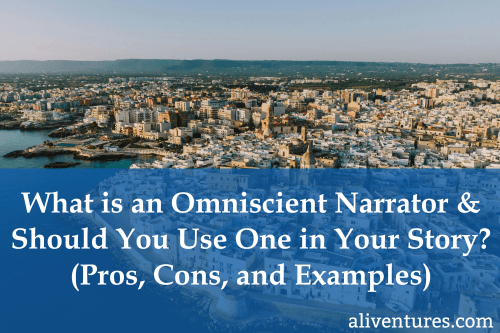Last week, we looked at the third person limited point of view.
There’s a different angle you can take with writing in the third person, and that’s to write as an omniscient narrator.
This means writing as if you can see everything in your story, potentially all at once. (Which, as the author, you can!) The narrative can dive into a person’s thoughts or give us a deep panoramic view of what’s
happening in a city, country, or even across the world.
Plenty of novels use an omniscient narrator: not necessarily for the whole of the narrative, but at least for parts of it. It’s especially common with older novels—Jane Austen’s novels all use the omniscient perspective, for instance.
Here’s a quick example from Pride and Prejudice:
The evening altogether passed off pleasantly to the whole family. Mrs. Bennett had seen her eldest daughter much admired by the Netherfield party. Mr. Bingley had danced with her twice, and she had been distinguished by his sisters. Jane was as much gratified by this, as her mother could be, though in a quieter way. Elizabeth felt Jane’s
pleasure. Mary had heard herself mentioned to Miss Bingley as the most accomplished girl in the neighbourhood; and Catherine and Lydia had been fortunate enough to never be without partners, which was all that they had yet learnt to care for at a ball.
We can see that this is omniscient, rather than third person limited, because the narrator can tell us about what
everyone has seen, heard, and/or felt: Mrs Bennett, Jane, Elizabeth, Mary, Catherine (usually called Kitty elsewhere in the narrative), and Lydia.
Read
more...

